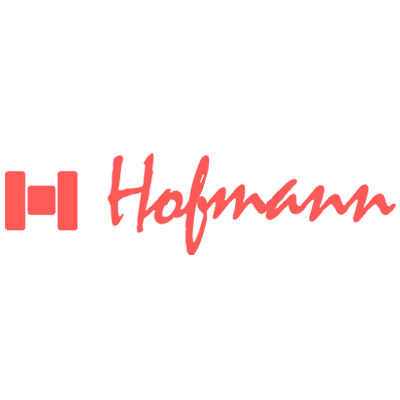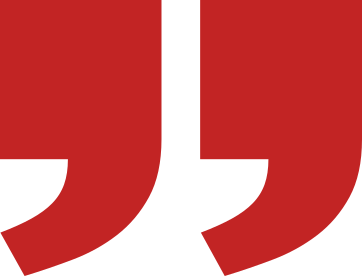Ensuring the quality of your memories with SonarQube
Behind all of Hofmann’s digital innovation were multiple software projects that needed to be analyzed to ensure business operation.
Mobile and desktop applications that users download to create customized products, ecommerce (backoffice and gateway), a production dashboard, internet apps or the entire production factory suite, are some of the examples of the software that Hofmann handles.






